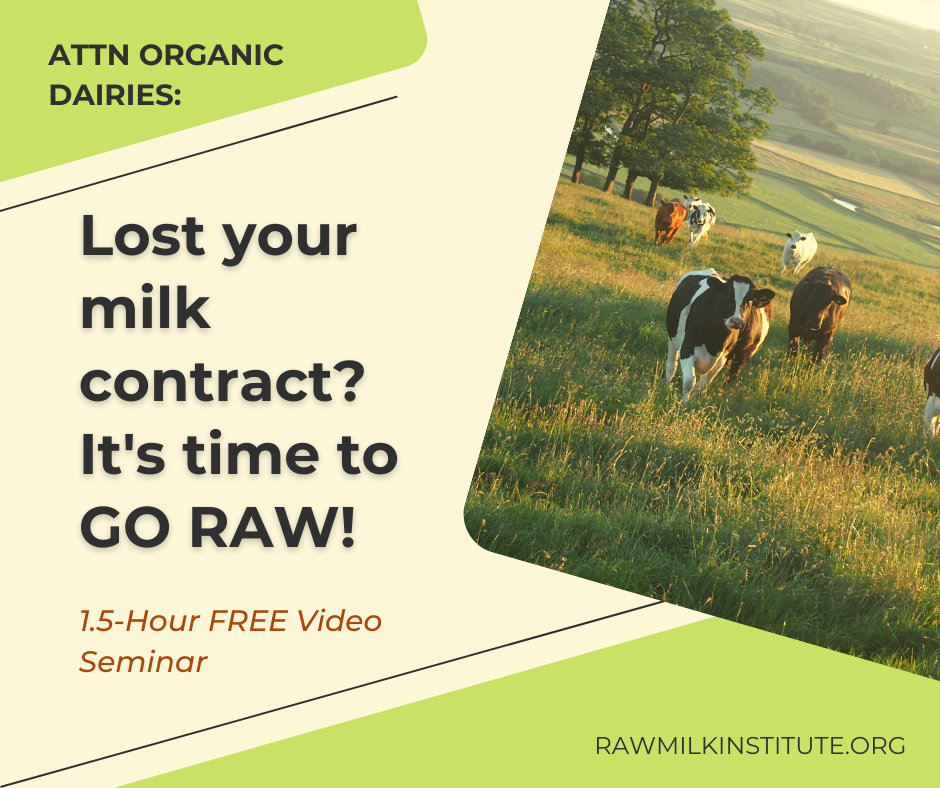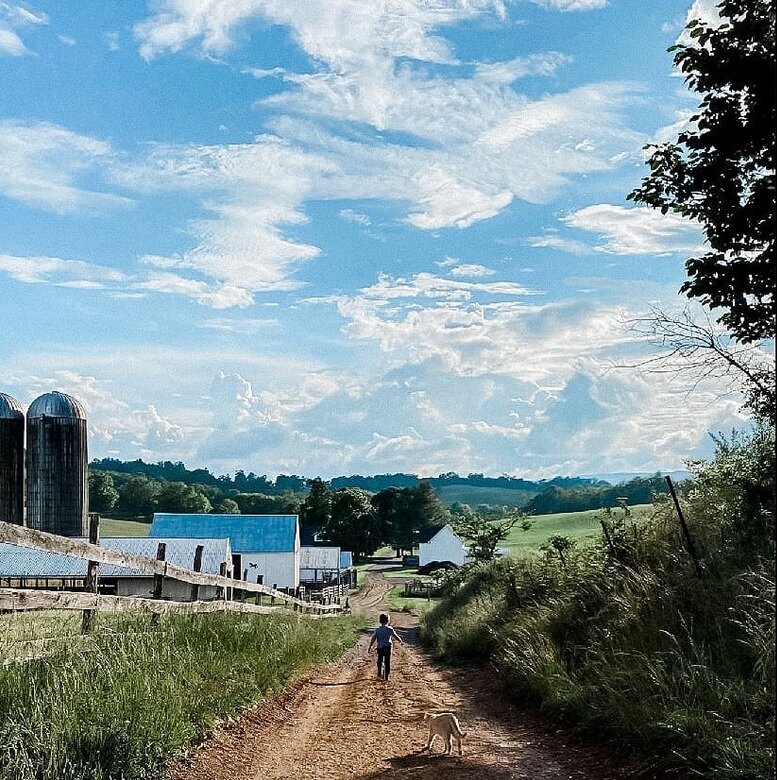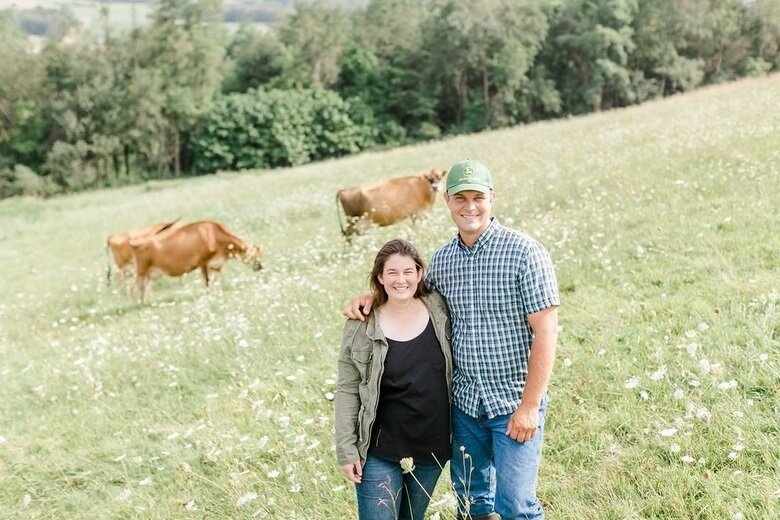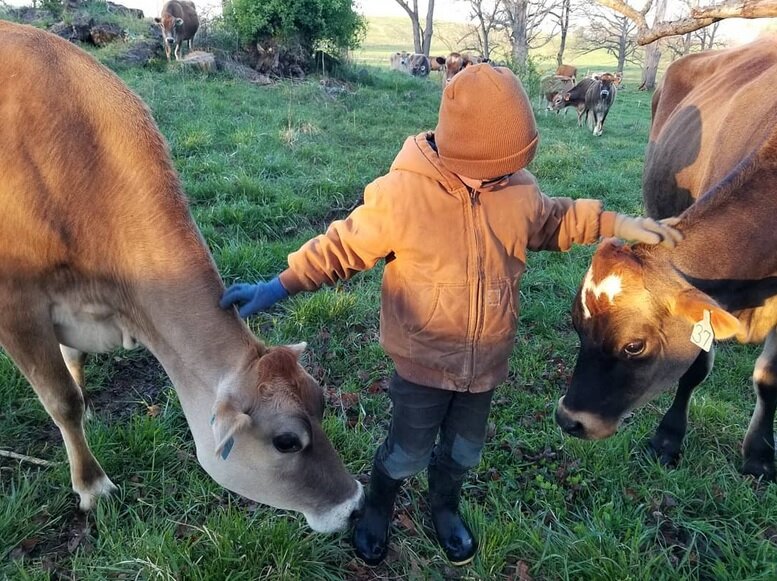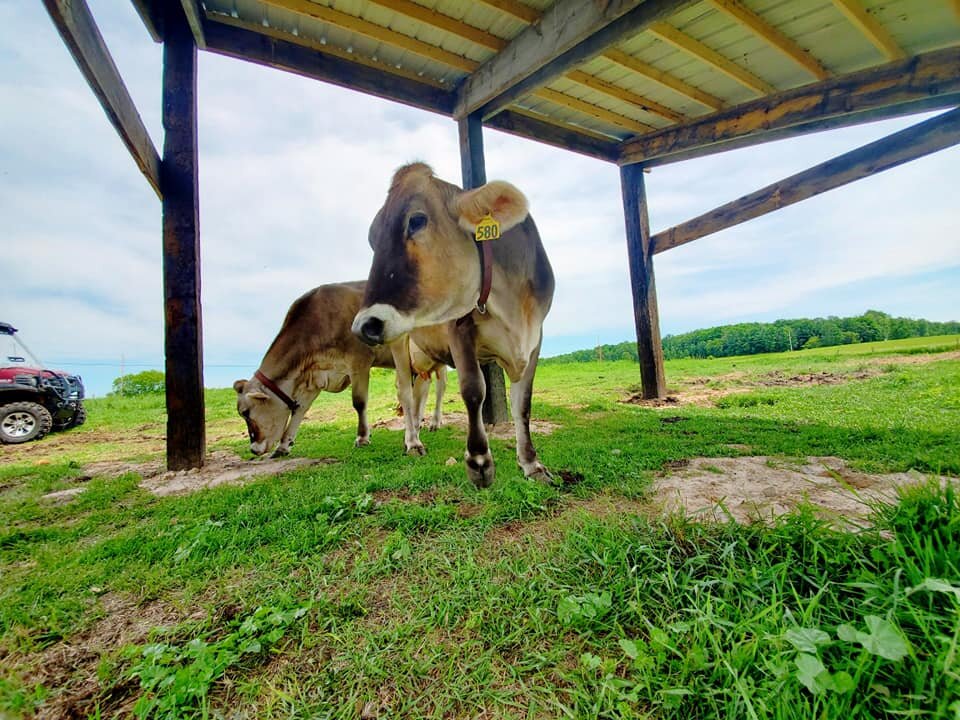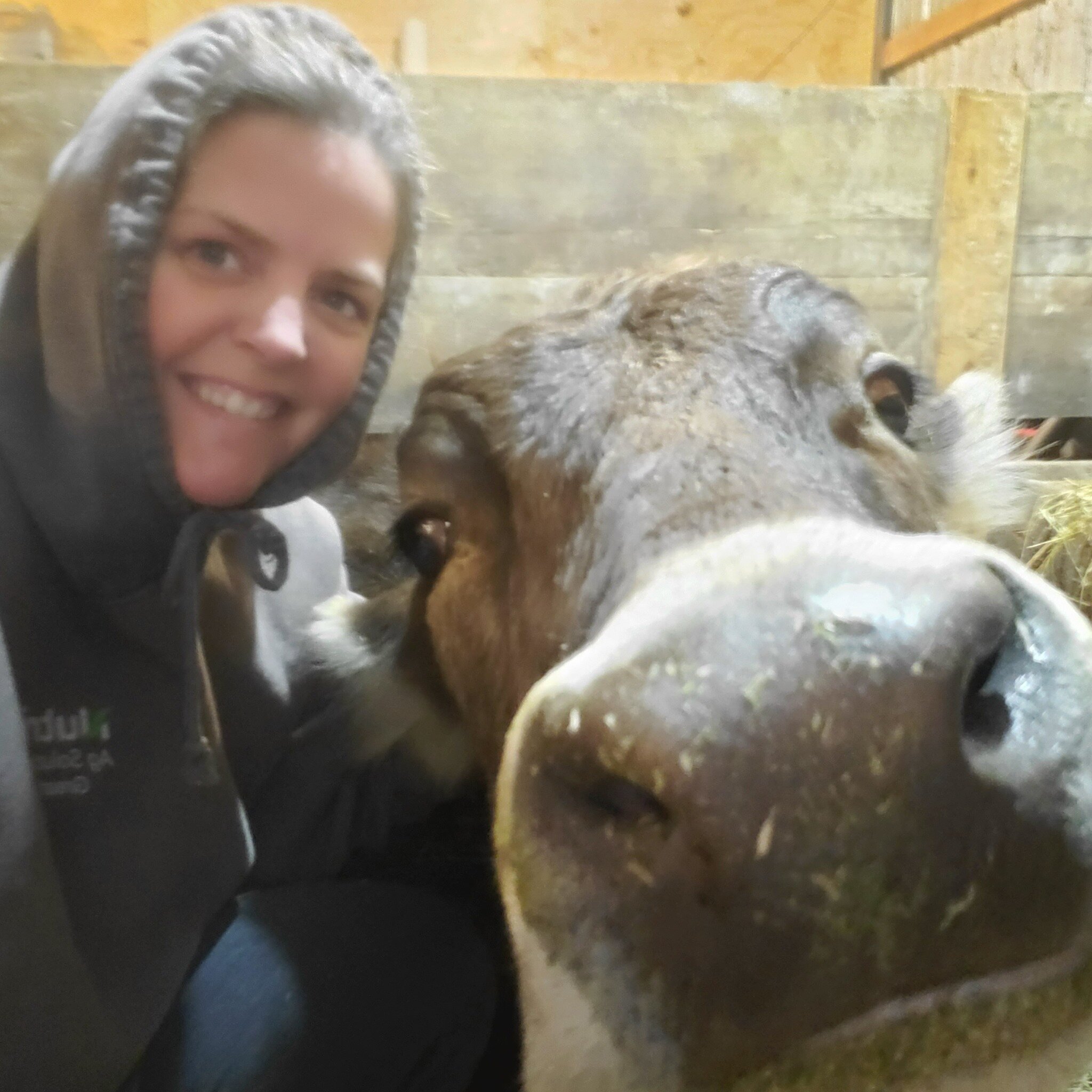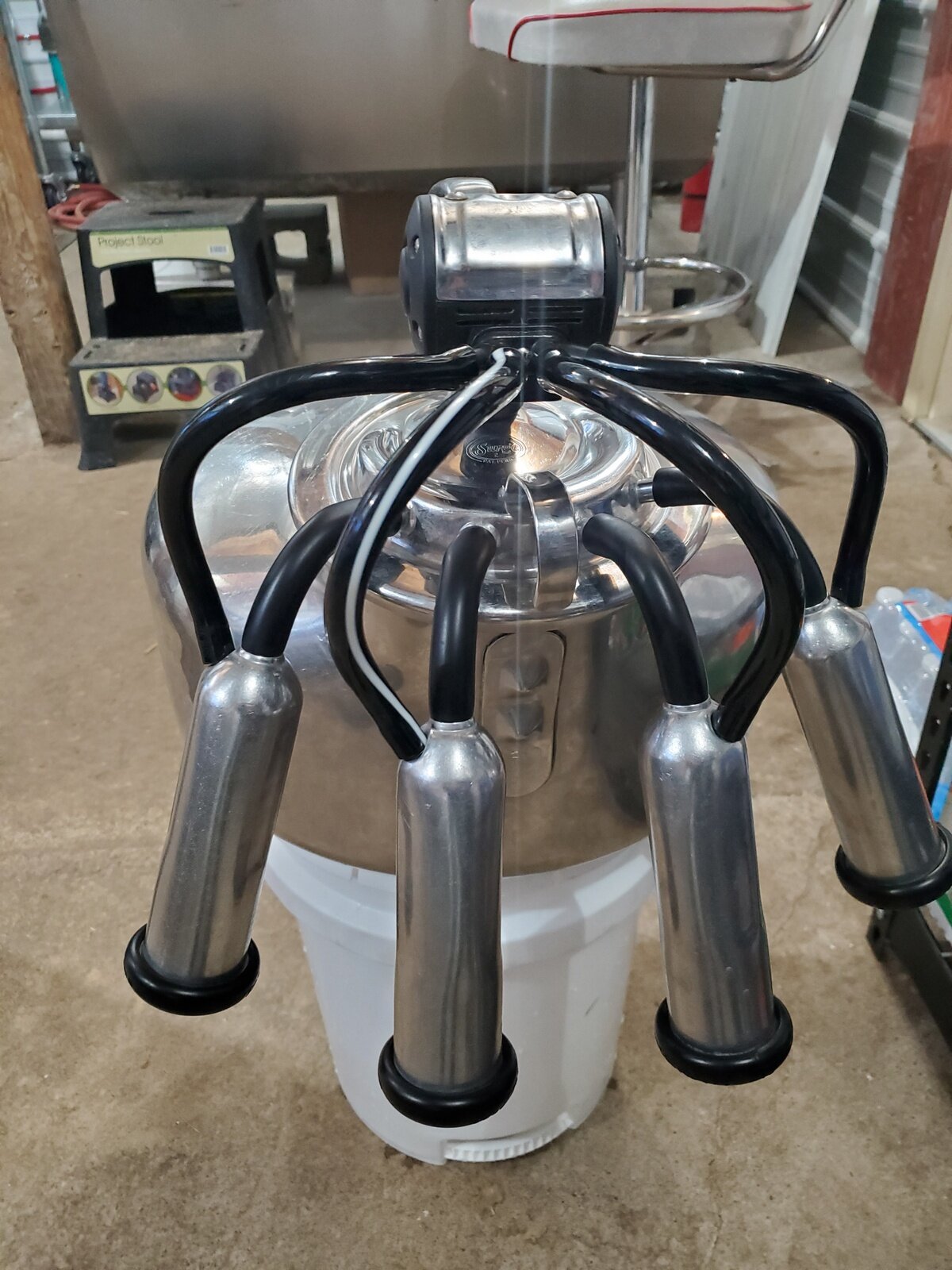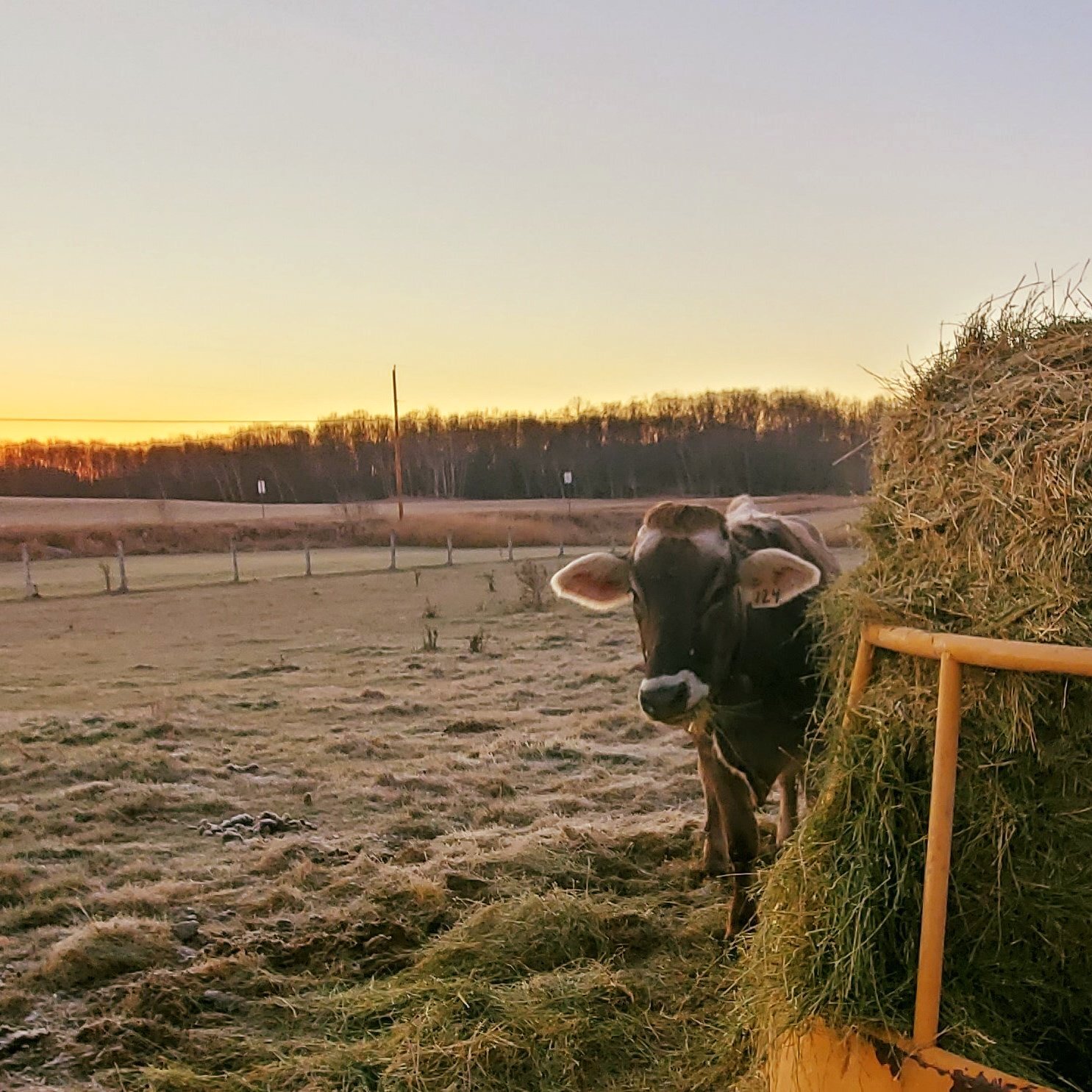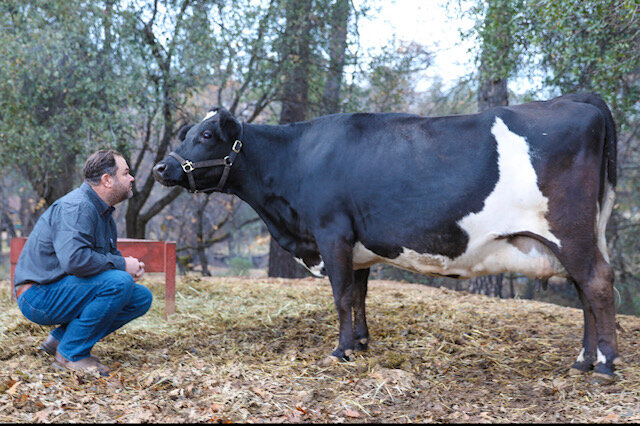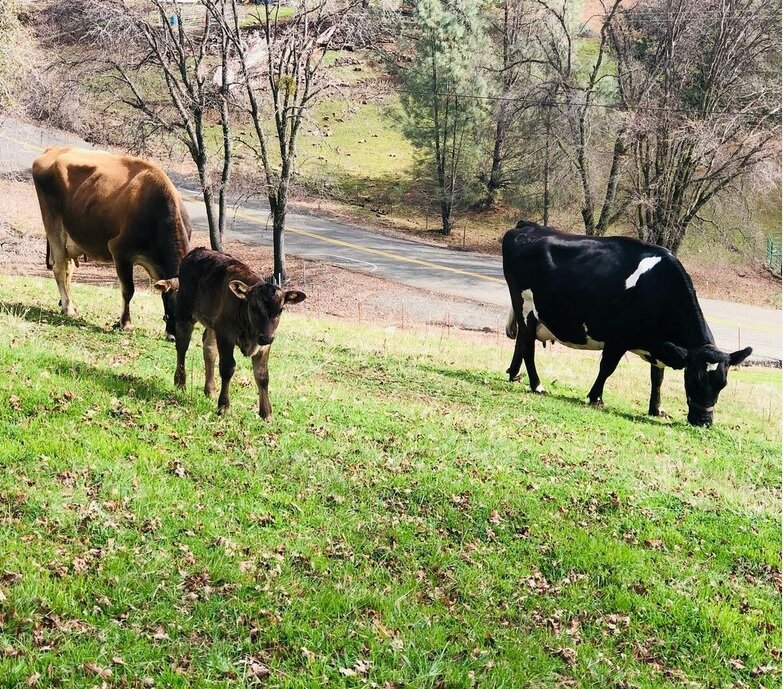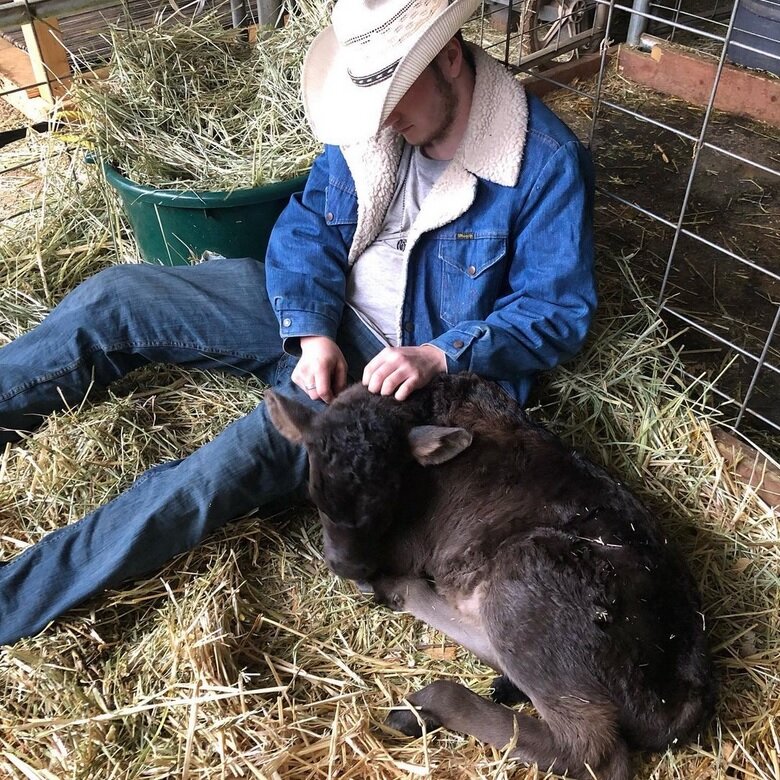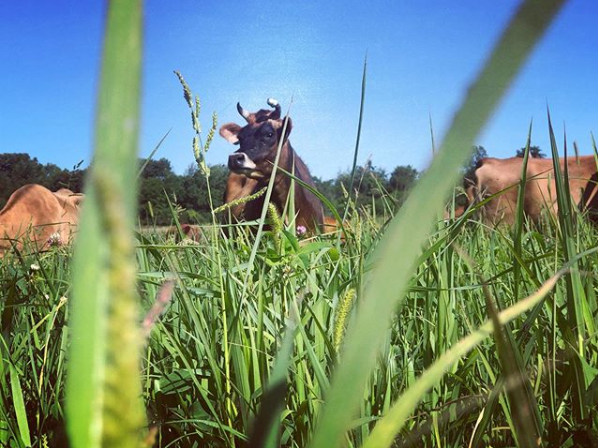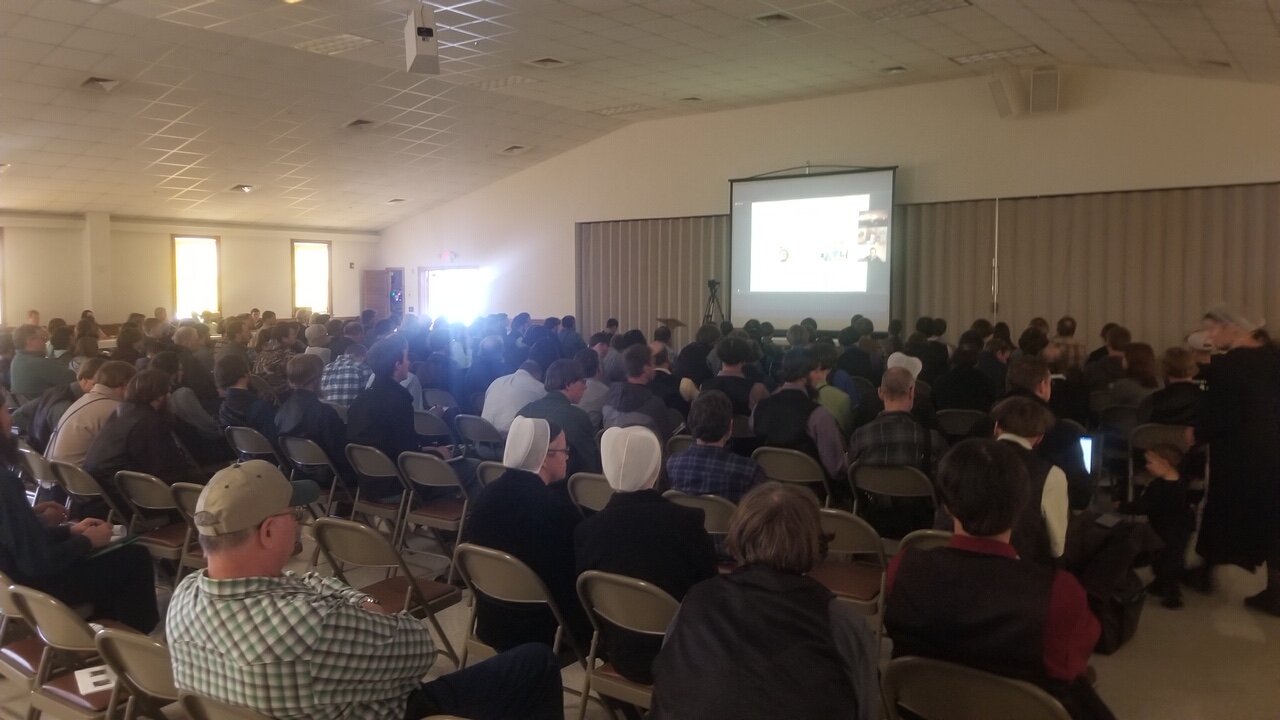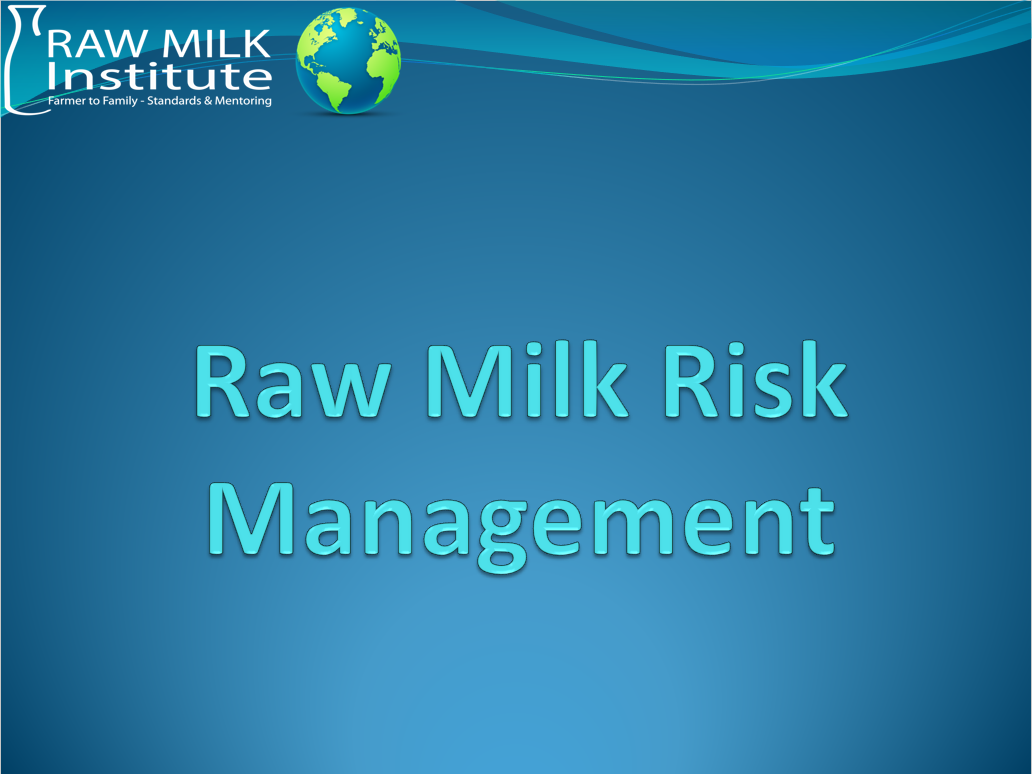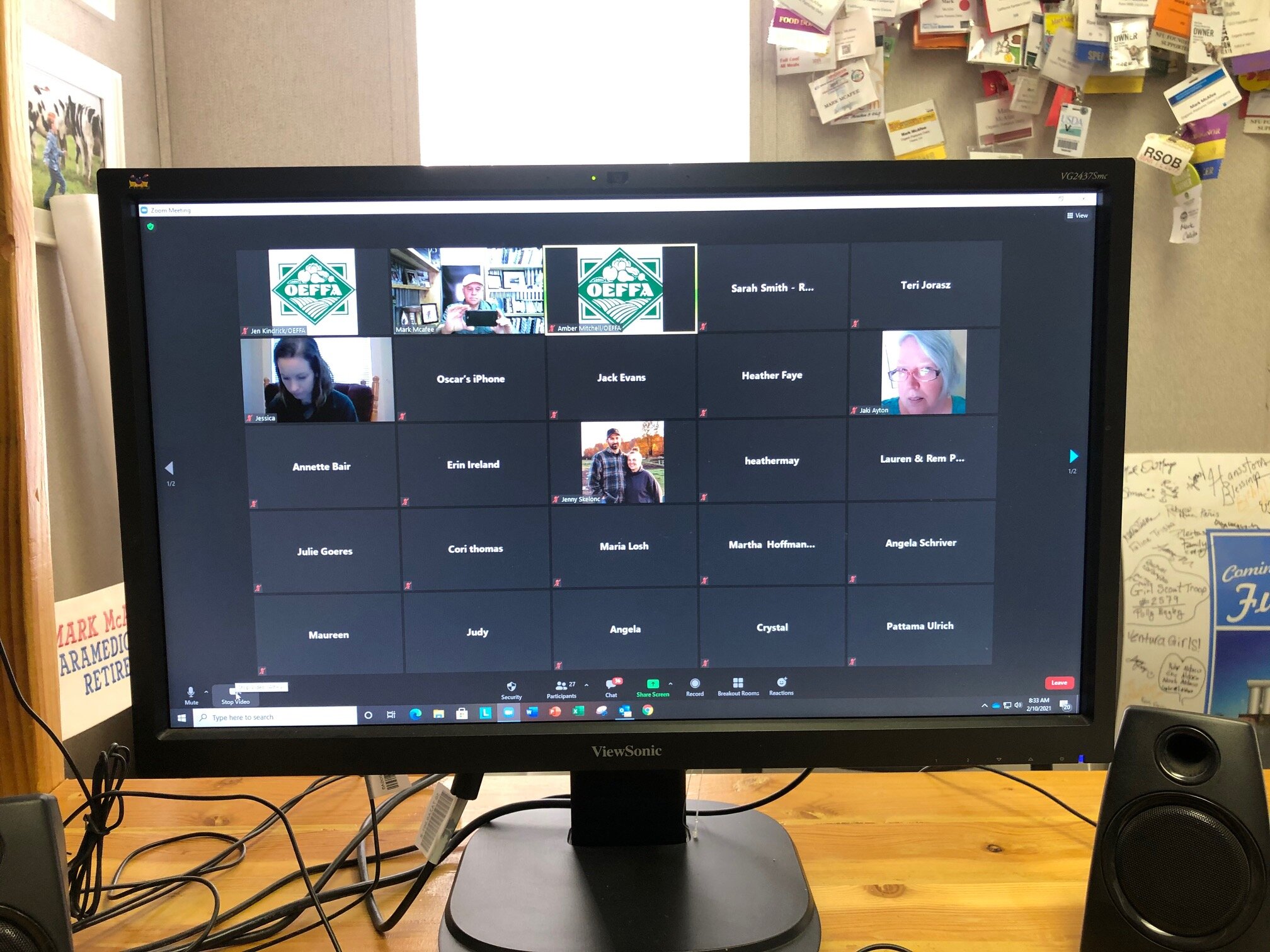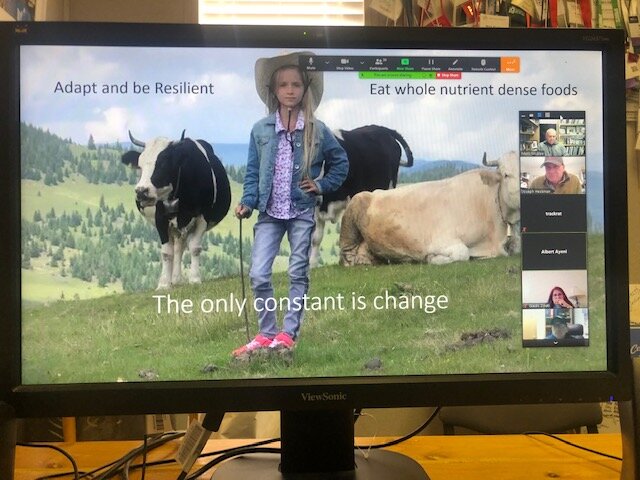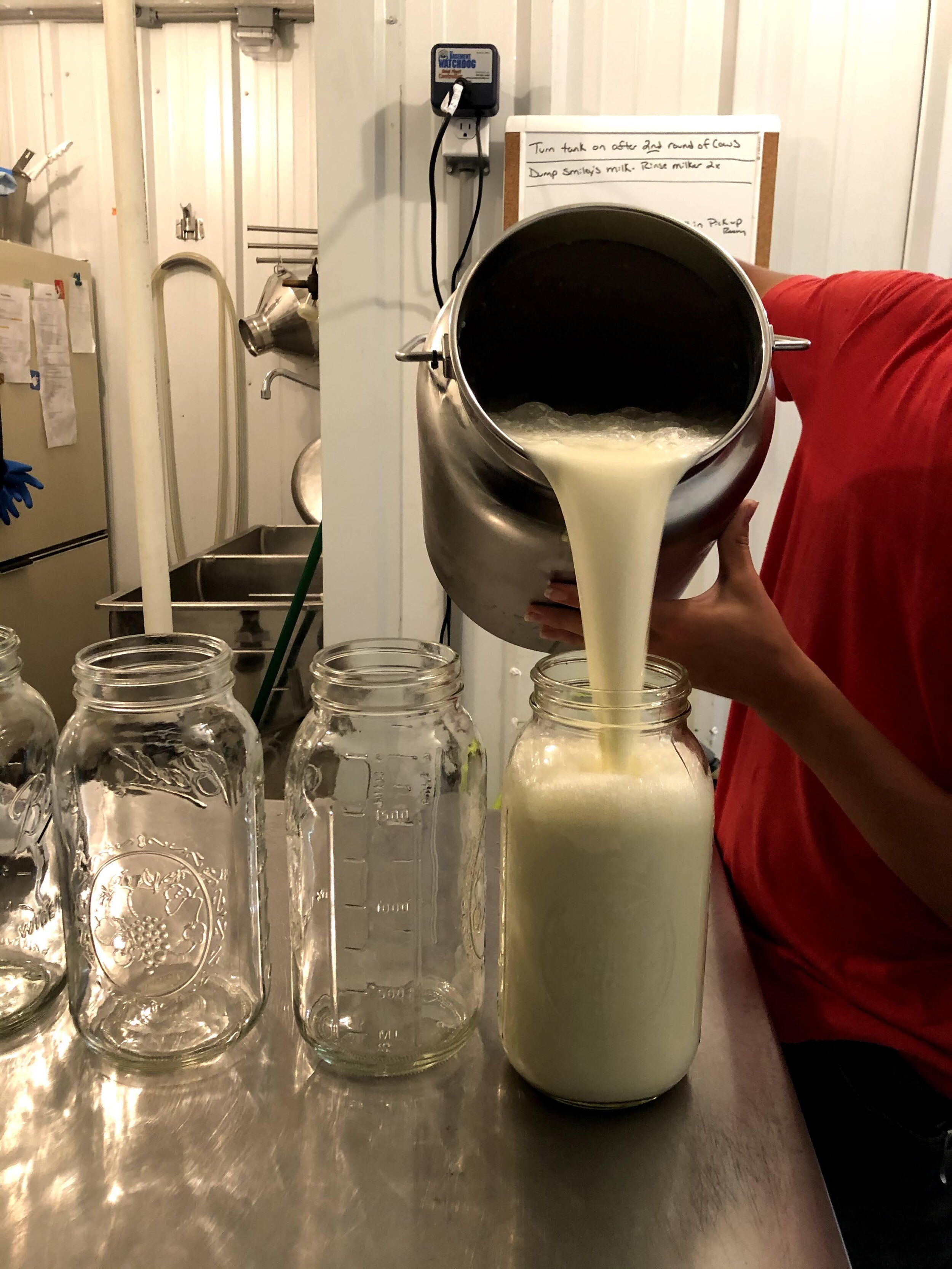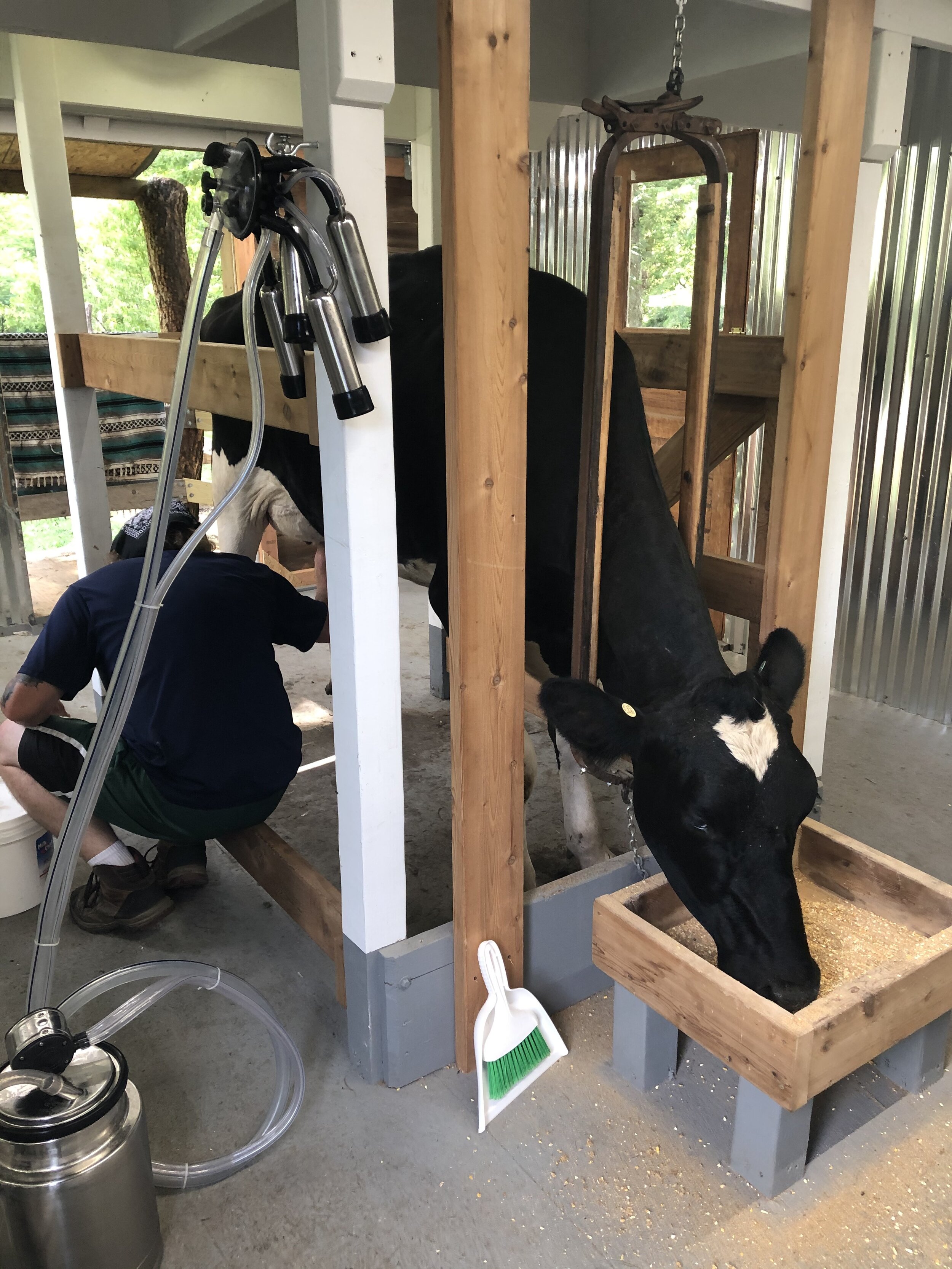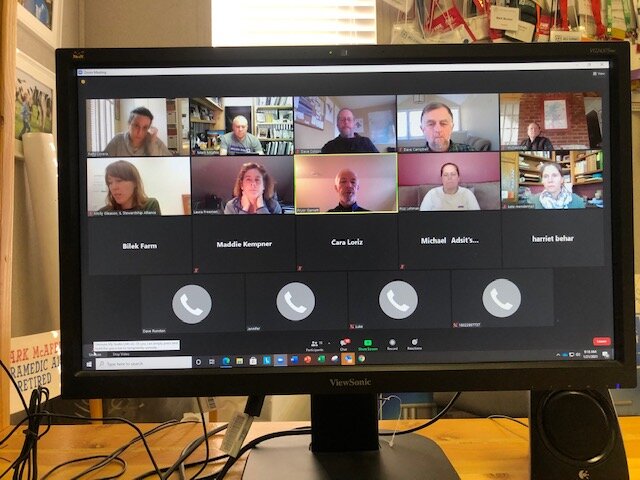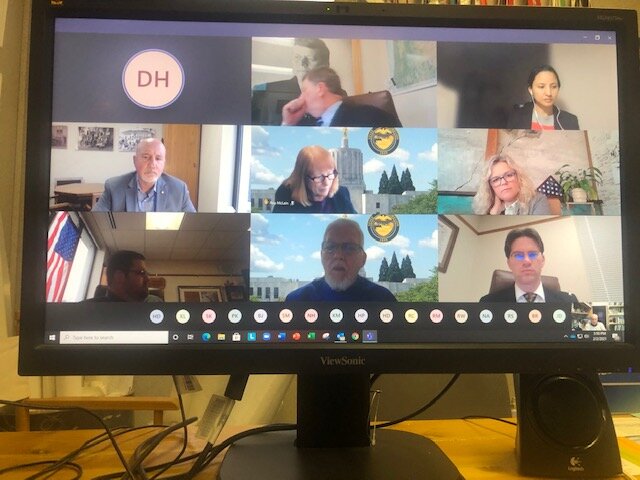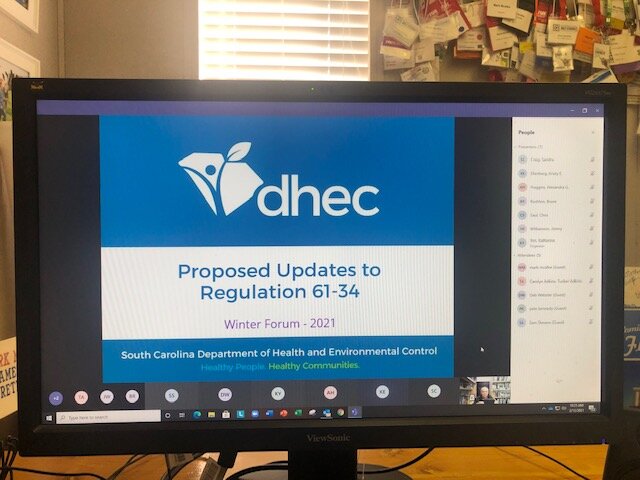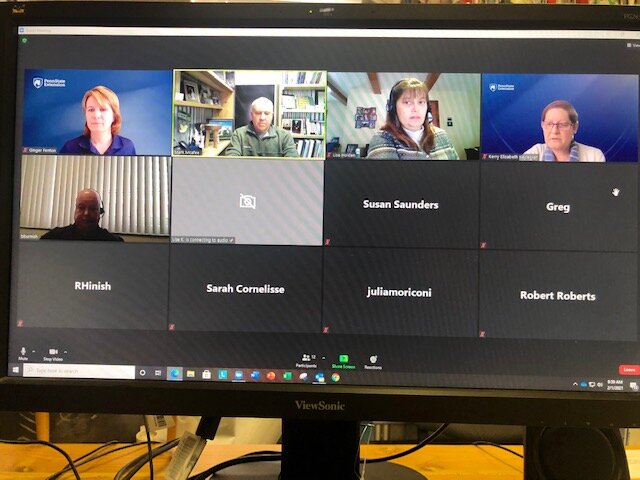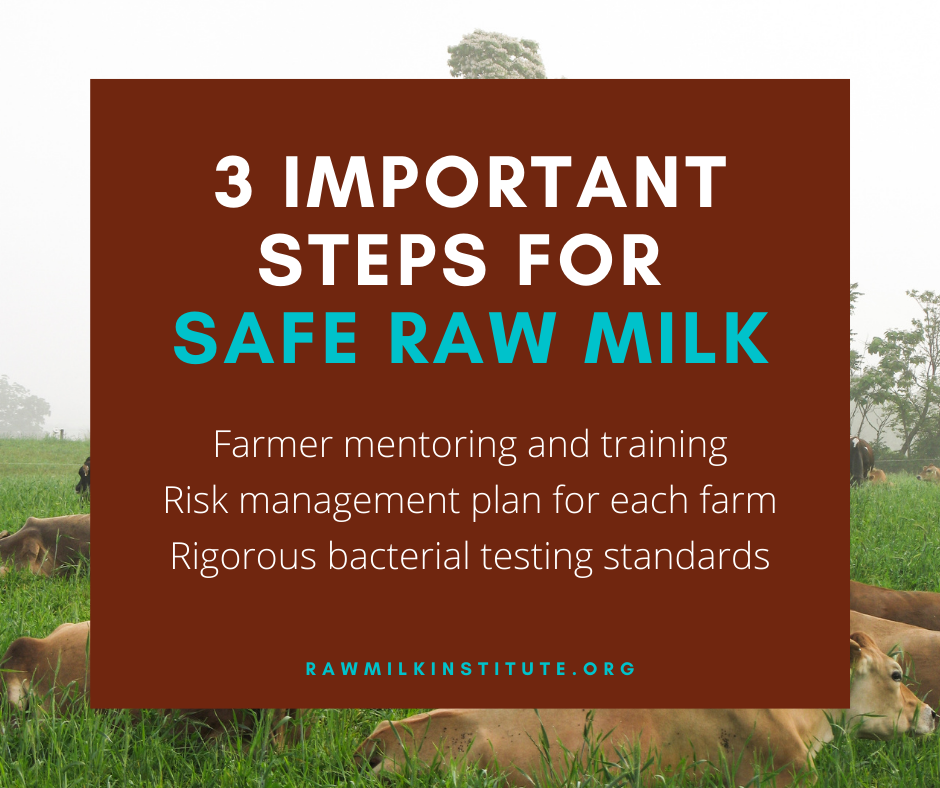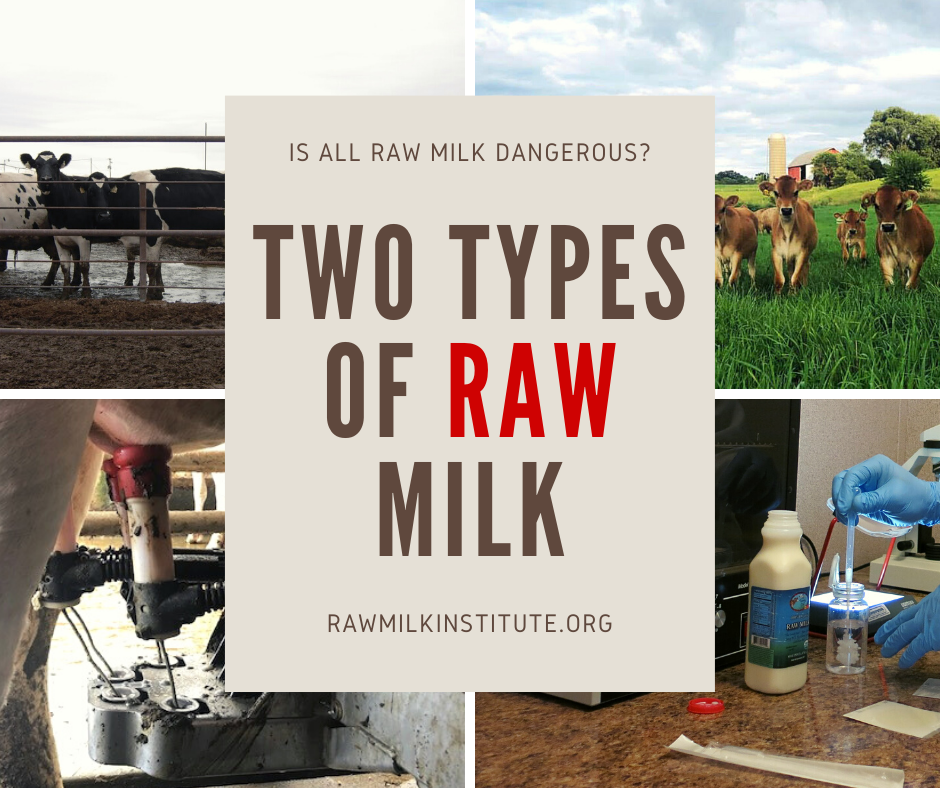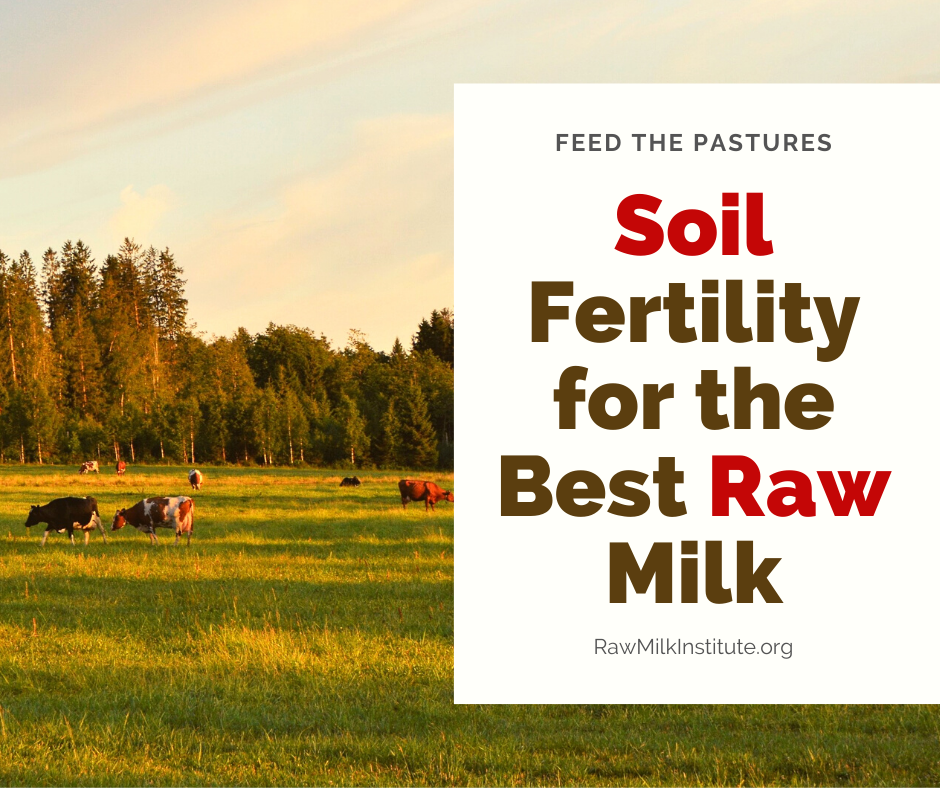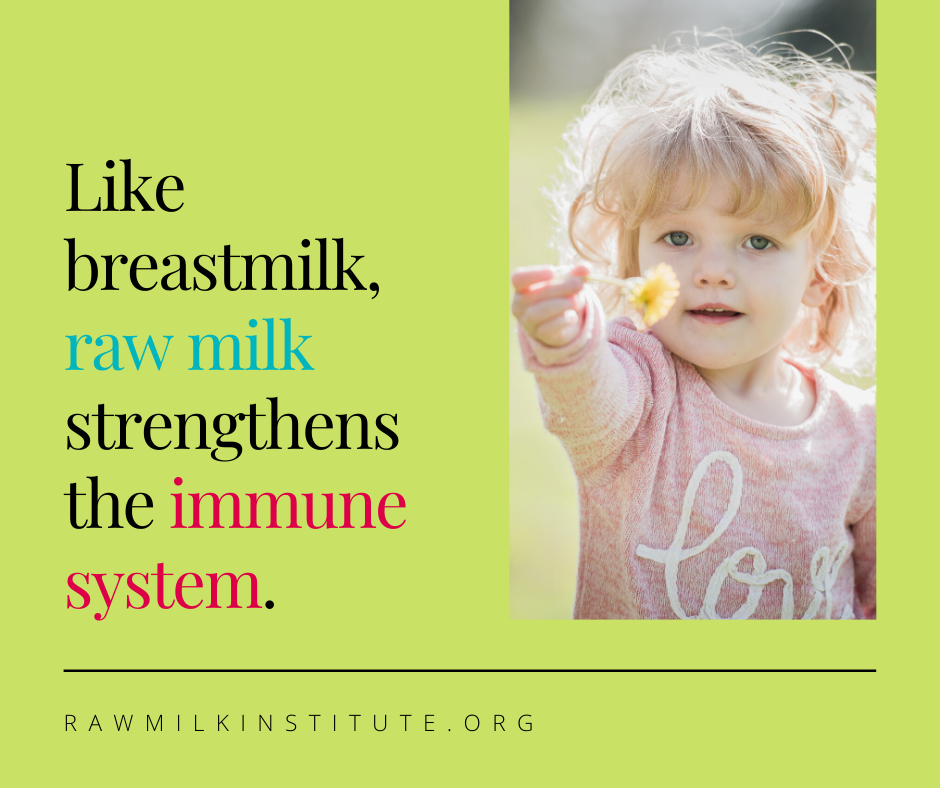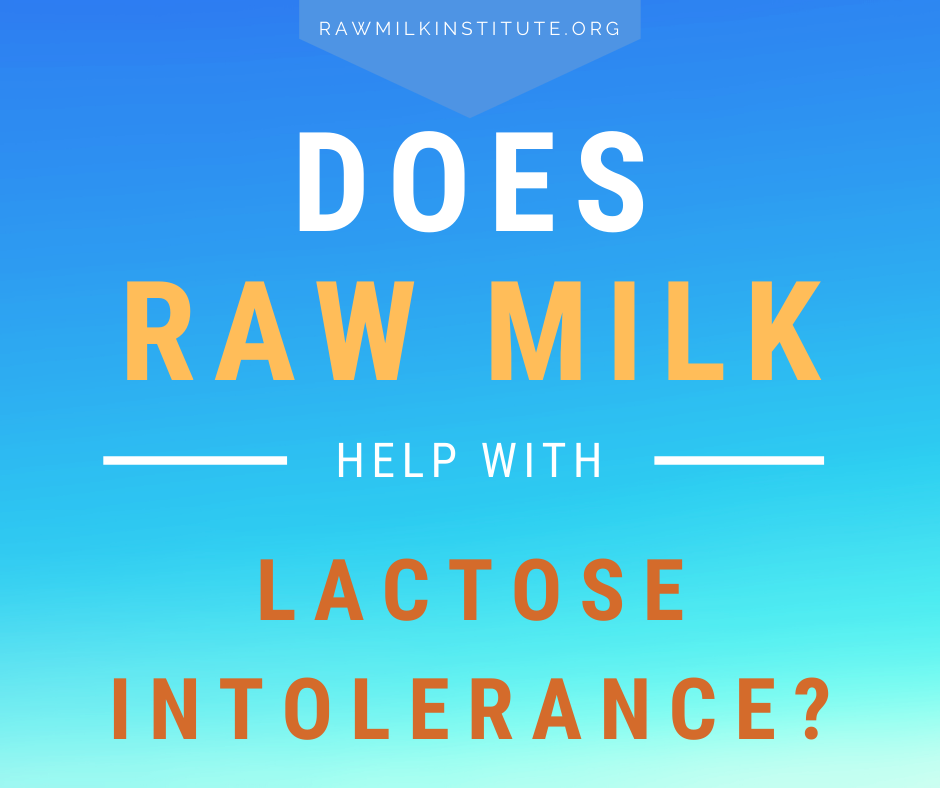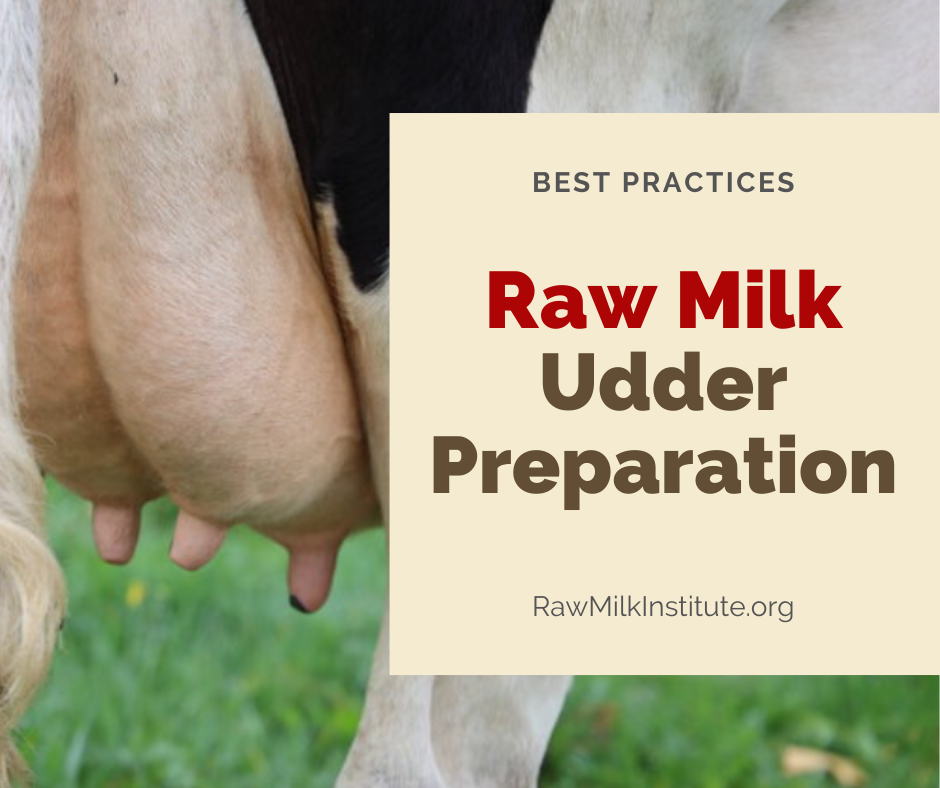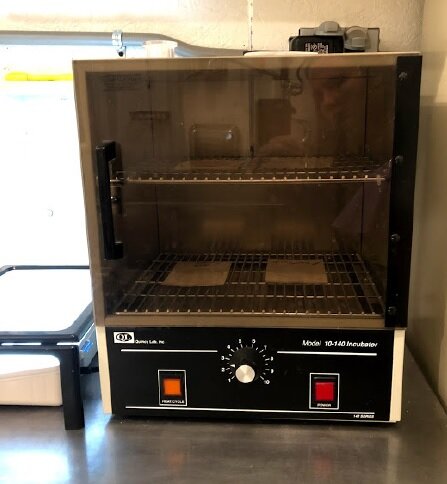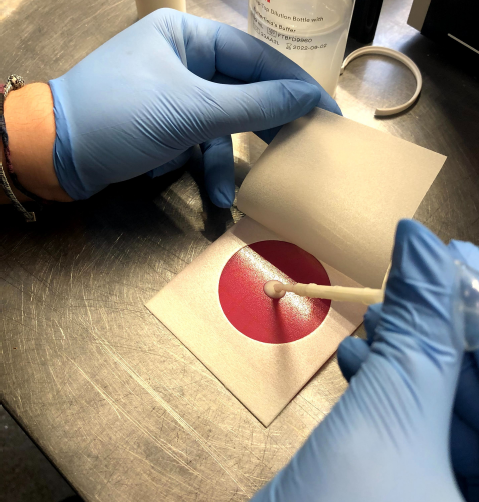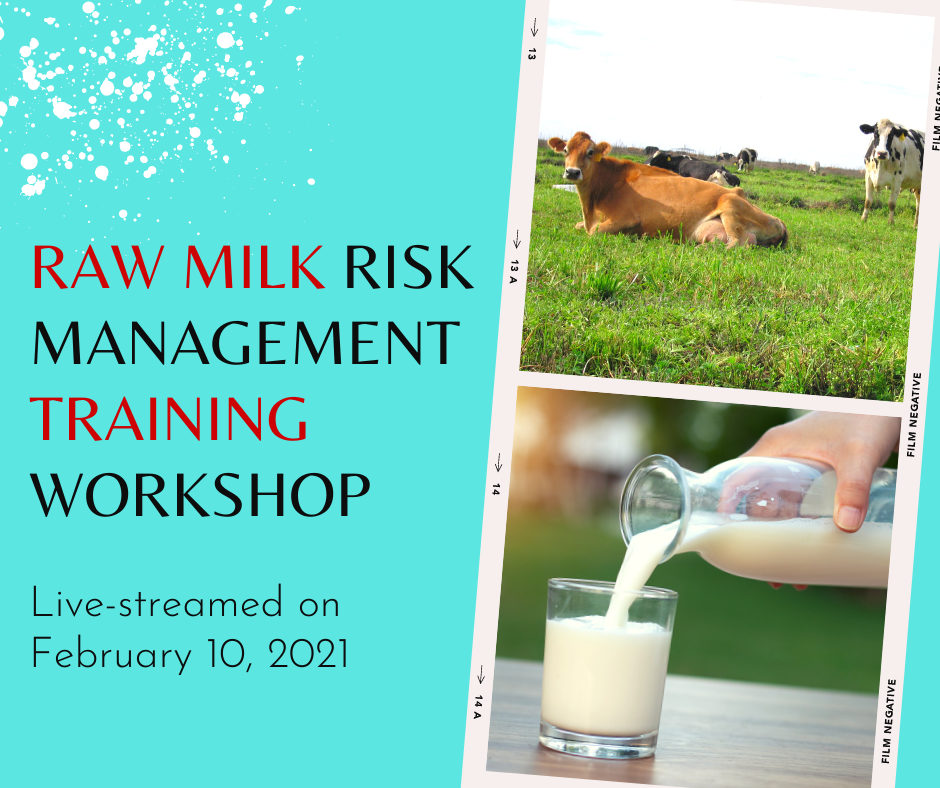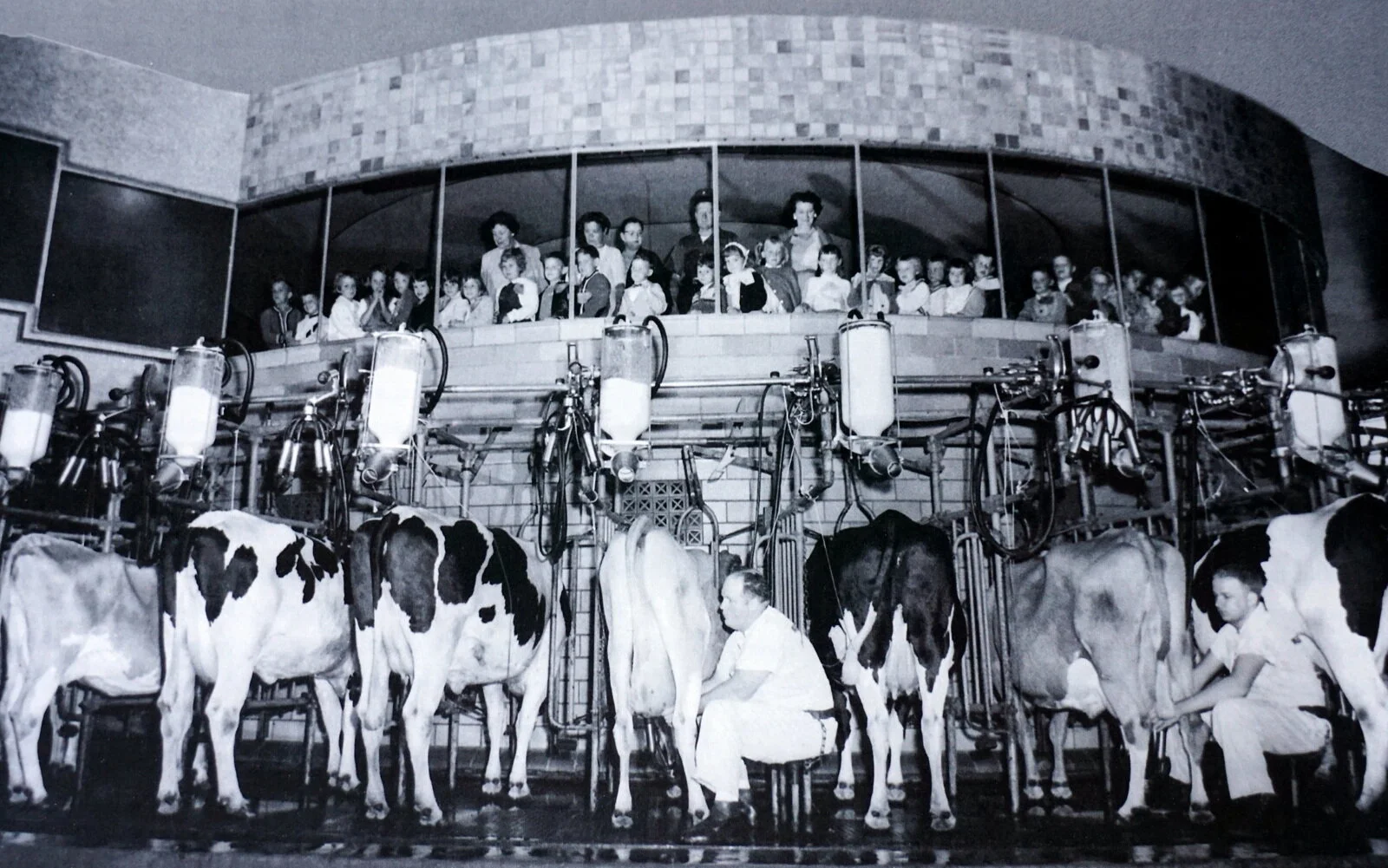4. What kind of milk did this dairy produce?
Walker-Gordon produced Grade A, whole milk, unpasteurized of the highest quality the industry has ever known, from its inception in the earliest years of the twentieth century until it stopped production in 1971.
“For those of us who grew up with the taste of fresh, really fresh, whole milk, unadulterated in any manner except to chill it ice cold, today’s milk is a sad replacement…
The unequaled taste of an ice cold half pint of milk, the cream layered on the top, after working several uninterrupted hours in excessively hot temperatures… I have yet to equal that flavor…”
~Walker-Gordon: One of a Kind
5. Who were the usual customers for this milk?
The customers were the general public locally, with home delivery, and public markets from Washington, DC to Boston, Ma. A renowned quality product hailed for freshness and longevity, it had a very loyal consumer base. President Franklin Delano Roosevelt, when traveling abroad by ship, insisted that Walker-Gordon milk and cream be available, on board, for the trip.
6. What was the safety record of this dairy that operated for about 8 decades up until 1971?
The safety record of Walker-Gordon milk and milk products was above reproach and I can find no instances (nor have I heard of any) of any untoward or adverse instances of health problems or lawsuits. Safety of personnel was extremely good. Farm accidents are ever present and WG had some, but fewer than would be expected.
“Cheaper milk from the heartland of America, increased labor costs, higher taxes, wages, and insurances, difficulty in attracting farm labor, the sky-rocketing value of land, and pressure for housing for an increasing and increasingly affluent population all contributed to the demise of farming in general, in New Jersey and elsewhere, and in particular to Walker-Gordon with its emphasis on high quality, first and foremost.”
~Walker-Gordon: One of a Kind
7. What future potential do you see for raw milk dairy farming?
Prognostications of the future of raw milk dairy farming is fraught with the same magnitude of variables as the future of the country. I would like to believe that the future is positive, for indeed, I can think of no more beneficial product than clean, wholesome, properly handled raw milk that is fresh from the cow and unaltered by pasteurization or other untoward handling.
The vicissitudes of government and the legal profession, swayed by propaganda and functioning under ignorance of biology and a mindset that excludes information that does not align with biased public opinion is a very large hurdle to clear. As long as there is a discerning public with the economic wherewithal to acquire a quality product, the market is assured. I admire the efforts of individuals such as Dr. Joseph Heckman and Mark McAfee that take up the torch, live and advocate the premise, and forward such a noble cause.
Paving the Way with Safe Raw Milk
The Walker-Gordon dairy was certainly an exceptional dairy. Walker Gordon’s eight decades of safe raw milk production are an imminent example of what can be achieved through dedication and innovation. At its peak, the Walker-Gordon dairy was producing 6,500 gallons of milk daily. Through hygienic practices and regular bacteria testing of its milk, Walker Gordon dairy was able to provide safe raw milk for thousands of people over several generations.
The last Certified Medical Milk dairy in the USA was Alta Dena dairy in Los Angeles, California. Alta Dena produced its last quart of raw milk in May of 1999. With the end of the American Association of Medical Milk Commissions and their certification of raw milk dairies, there was a great need for leadership in safe raw milk.
The Raw Milk Institute (RAWMI) was created to fulfill this need. RAWMI teaches well-established scientific principles and good production methods to assist farmers in producing hygienic, safe raw milk. Through its LISTING program, RAWMI assists farmers in developing risk analysis and management plans (RAMP) for their unique farms. RAWMI’s Common Standards have set an international benchmark for bacterial testing of raw milk.
Edward Tindall’s book, “Walker-Gordon: One of a Kind” is available from Covered Bridge Press, 39 Upper Creek Road, Stockton, New Jersey 08559 at $25 dollars per copy, plus USPS shipping. Covered Bridge Press can be reached at 908-996-4420.

